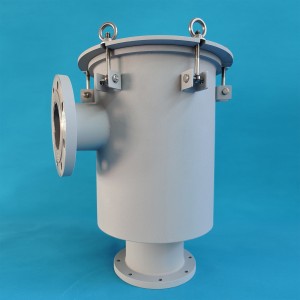In industrial production processes utilizing vacuum technology, vacuum pumps serve as indispensable equipment for creating necessary vacuum environments. To protect these pumps from particulate contamination, users commonly install inlet filters. However, many users report unexpected vacuum degree reduction after filter installation. Let's examine the causes and solutions for this phenomenon.
Troubleshooting of Reduced Vacuum
1. Measure vacuum degree drop
2. Check pressure differential
- If high: Replace with lower-resistance filter
- If normal: Inspect seals/piping
3. Verify pump performance without filter
4. Consult manufacturer specifications
Primary Causes of Vacuum Degree Reduction
1. Filter-Pump Compatibility Issues
High-precision filters, while offering superior protection, can significantly restrict airflow. The dense filter media creates substantial resistance, potentially reducing pumping speed by 15-30%. This is particularly noticeable in:
- Oil-sealed rotary vane pumps
- Liquid ring vacuum systems
- High-throughput applications
2. Sealing Imperfections
Common sealing problems include:
- Damaged O-rings or gaskets (visible as blackened or flattened surfaces)
- Improper flange alignment (causing 5-15° misalignment)
- Insufficient torque on fasteners (typically requires 25-30 N·m)
Inlet Filter Selection Guidelines
- Match filter precision to actual contaminant size:
- 50-100μm for general industrial dust
- 10-50μm for fine particulates
- <10μm only for critical cleanroom applications
- Opt for pleated designs (40-60% more surface area than flat filters)
- Conduct pre-installation inspection:
- Verify filter housing integrity
- Check gasket elasticity (should rebound within 3 seconds)
- Measure flange flatness (<0.1mm deviation)
Remember: The optimal solution balances protection level with airflow requirements. Most industrial applications achieve best results with medium-precision (20-50μm) filters featuring:
- Reinforced sealing edges
- Corrosion-resistant housings
- Standardized connection interfaces
For persistent issues, consider:
- Upgrading to larger filter surface areas
- Implementing bypass valves for startup conditions
- Consulting with filtration specialists for custom solutions
By following these guidelines, facilities can maintain both system cleanliness and vacuum performance, ultimately improving production efficiency and equipment longevity.
Post time: Jun-06-2025








